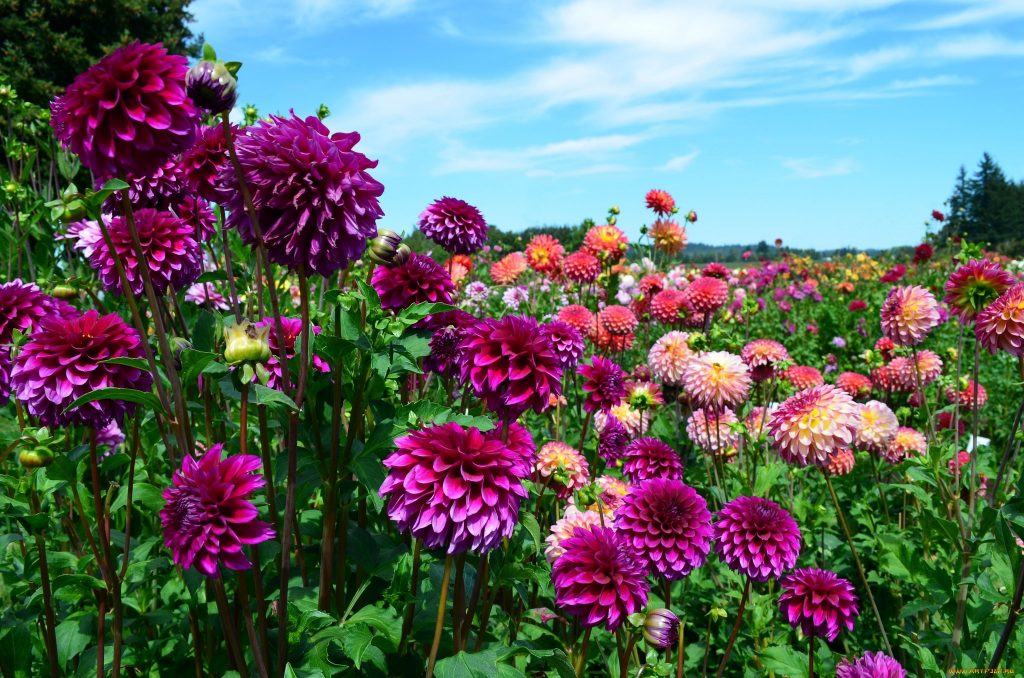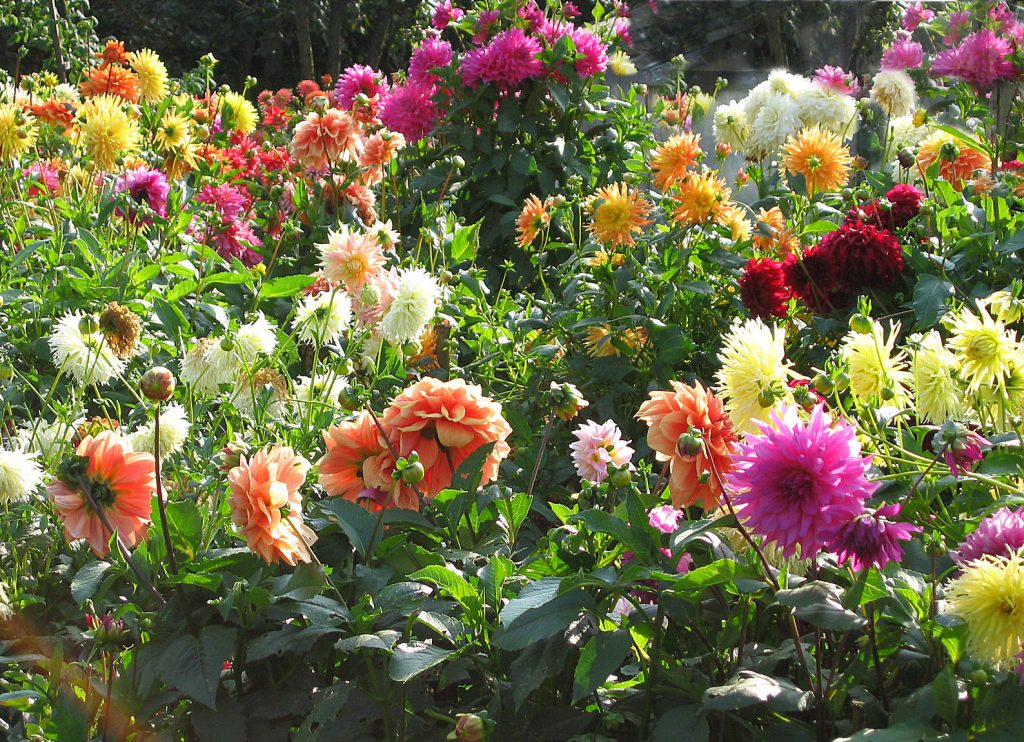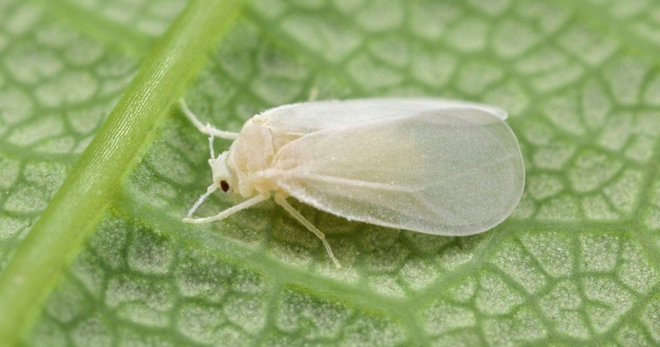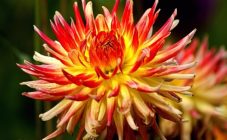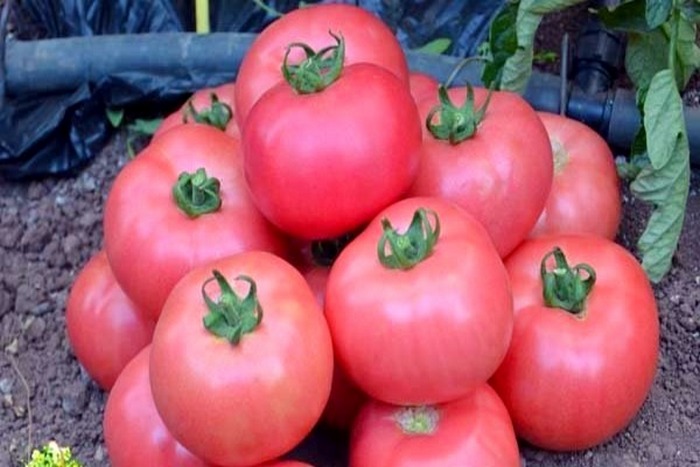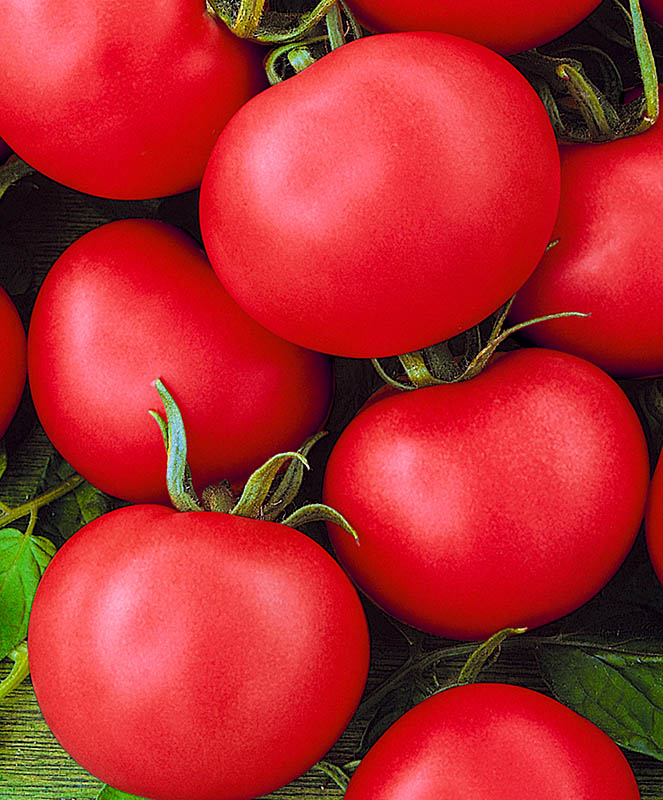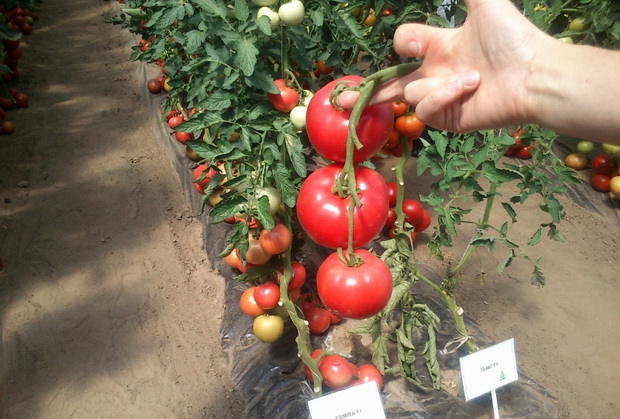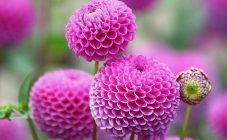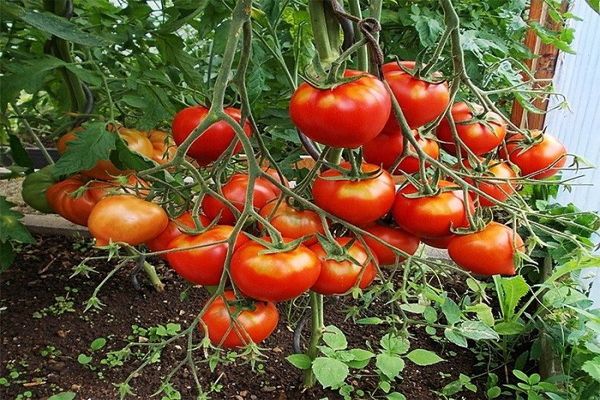Content:
Dahlia flowers are ideal for composing various compositions in a summer flower bed. This is possible due to their bright color and varied shape of inflorescences. Due to the variety of varieties, every gardener can find a flower that he will love with all his soul and will grow from year to year in his country house for the sake of luxurious bouquets.
General description of the culture
According to botanical characteristics, the dahlia flower belongs to the Astrov family. To date, 42 perennial species of these plants have been registered with simple or double inflorescences of a large spherical shape. Their color can be monochromatic or variegated. The inflorescence is formed in the form of a basket of large petals, in the center of which there are tubular flowers of golden or brown-red color.
Dahlias bloom in late summer and autumn. The stems of the plant grow up to 2.5 m. The roots have tuberous thickening. Leaves are simple, paired. In the fall, the aerial part of the flower dies off to the root collar, and in the spring the rhizome starts up new shoots. The seeds are small, remain viable for up to 3 years. In the wild, flowers grow in Mexico Colombia, Guatemala. In European gardens, numerous forms of Dahlia are widespread.
Varieties, cultivation features
It is difficult to find flowers that look like dahlias, they are too spectacular. The plant is planted on a flower bed with sprouted bulbs or transplanted into open ground a month after the emergence of seedlings from seeds at home. Given the thermophilicity of dahlias, planting is carried out in late spring. These flowers love the sun and cannot stand drafts. The plant is not considered capricious, the acidity of the earth is not very important for it, but drainage should be provided. Minimal care is also needed. These flowers are propagated by dividing tubers, seeds, cuttings. The easiest way is to divide the bulb that has grown over the summer into parts.
There are the following varieties of this plant:
- Simple. This will be the name of flowers, the petals of which are located in one row. The diameter of the inflorescence is 10 cm. The height of the bush usually does not exceed 0.5 meters. Popular varieties include the pink Princess Marie Jose dahlias, the orange Orangeade and the yellow Yellow Hammer.
- Collar. They have flowers of the same diameter as simple ones. The height of the bush varies from 75 to 120 cm. Above the outer petals are twisted and short petals of a contrasting color that resemble a collar. Striking representatives of the variety are: cream with red Chimborazo, golden with carmine La Gioconda, combining cream and yellow Claire de Luna.
- Anemoid. The inflorescence is formed from several rows of marginal petals, and in the center of the basket they are tubular. The maximum size of inflorescences is 10 cm. The height of the bush, depending on the variety, can be 60-90 cm. The known varieties are lilac Lucy, red Comet and bronze Vera Higgins.
- Peony. Variety with large inflorescences up to 15 cm in diameter. The baskets consist of flat petals arranged in several rows, in the center the petals are collected in tubes. Cultivars can have a height of 75-120 cm. Bright representatives can be called Symphonia in red and purple Fascination.
- Spherical. Large double flowers up to 15 cm in diameter.The bush grows up to 120 cm.Popular varieties: Peach-colored Crichton Honey, Doreen Hayes with reddish petals and yellow Esmonde.
- Pompom. Ball-shaped inflorescences, similar to pompoms, can be 5 cm in diameter or more. The marginal rounded petals are concave. Various varieties reach heights from 90 to 120 cm. Popular representatives of this variety are creamy purple Willo's Violet, pink Noreen and bluish Hallmark.
- Decorative. A variety with large double flowers, the diameter of which can reach 25 cm. The height of the bushes does not exceed 60 cm. Popular varieties include orange David Howard, large yellow Thames Valley and purple Jocondo with huge inflorescences.
- Nymphaean. Graceful terry inflorescences of this variety resemble externally water lilies. Depending on the variety, the size of the baskets can be from 7 to 20 cm.The minimum height of the bush is 70 cm, the maximum is 130 cm. Of the representatives of the species, Brushstrokes with lilac petals, pink Henry Hawk and snow-white Genette can be found more often than other varieties.
- Cactus. The flowers are double, their size ranges from 8 to 25 cm. Bushes of different varietal varieties can be from 90 to 120 cm. The central petals are tubular, and the marginal petals are pointed, rolled, resembling needles. Popular varieties include Visit purple, Danny very large pink, Doris Day miniature red, and Pirouette with small yellow flowers.
- Semi-cactus. Terry inflorescences have a diameter of 8-25 cm. Bushes grow to a height of 90-150 cm. The marginal petals are folded at the very tip. The following varieties have won the love of gardeners: red-pink Star, orange Autumn Fire, large yellow Nantenan, miniature snow-white White Swallow and Yellow Mood with small yellow flowers.
- Mixed. This variety includes plants that are not similar to the varieties described above. It accommodates a wide variety of inflorescence shapes and petal colors. We can say that this group includes new items of selection, for example, a dahlia of almost black color. This color of the petals is due to the presence of anthocyanins in the tissues of the plant.
On the Internet, you can find master classes on making such a spectacular plant from satin ribbons. Such dahlias look like real ones, it's nice to see. This once again confirms the popularity of a culture that is prized for its grace and beauty.
Many people fell in love with one-year-old dahlias, which are popularly called "funny guys" for their bright, cheerful buds. They were specially bred as miniature annuals to decorate city streets.
The benefits of the plant, its application
Due to their chemical composition, dahlias are medicinal flowers. It is better to use tall varieties with small inflorescences, since usually the plant gives all its strength to the flowers. Both the aerial part and the tuber have a healing effect.
Bulbs contain:
- inulin;
- pectin substances;
- phenolic compounds;
- organic acids;
- essential oil;
- amino acids;
- micro and macro elements;
- coumarins.
Experts consider inulin to be the most valuable component. The substance has a prebiotic effect, it is added to the composition of medicines intended for the treatment of metabolic disorders and the normalization of the digestive tract. In the food industry, inulin serves as an additional ingredient to improve the texture and taste of products, and replaces fats and sugar. Dahlia bulbs are part of the medicinal preparations used by Chinese healers to treat AIDS.
The extract of its leaves has an antioxidant, anti-inflammatory, antifungal effect on the body. Dried leaf powder is used for burns and various skin problems.Flowers are brewed as part of the collection, which is taken with stomach ulcers. And in Central America, petals are used to prepare an invigorating drink that replaces coffee for locals.
About diseases and pests
Most often, dahlias are affected by fungal diseases in wet, cool weather. Symptoms appear as spots on leaves and young shoots. All affected parts of the plant should be removed, after which the flowers are treated with fungicides. For this, drugs such as fundazol, phytosporin, gamair, alirin are suitable. If mosaic spots of a lighter color appear on the leaves, it means that the plant has been infected with a mosaic virus. This disease cannot be cured, a sick specimen must be urgently dug up and burned.
Of the pests on dahlias, scoops, aphids, whiteflies, plant bugs can parasitize. If you notice their presence, it is necessary to spray with insecticides according to the instructions. Several treatments may be needed to get rid of insects completely.
Some helpful tips
Experienced growers share some secrets for growing dahlias:
- For planting dahlias, partial shade is ideal. In this case, the flowers themselves will be large, and the flowering will last quite a long time.
- The easiest way to get your favorite tubers in the middle of spring and immediately plant on your site.
- To reduce the incidence of dahlias, they should be planted in a new place every year. You can return dahlias to their previous site after 3 years.
- For the winter, the bulbs are dug out of the ground and stored in a cool, dark room, each of them wrapped in paper.
When decorating a flower bed, dahlias in pastel colors look especially attractive. Tall varieties are planted in the center, framing them with undersized plants. With their unpretentiousness and splendor, these flowers are able to win any heart and decorate any garden.
